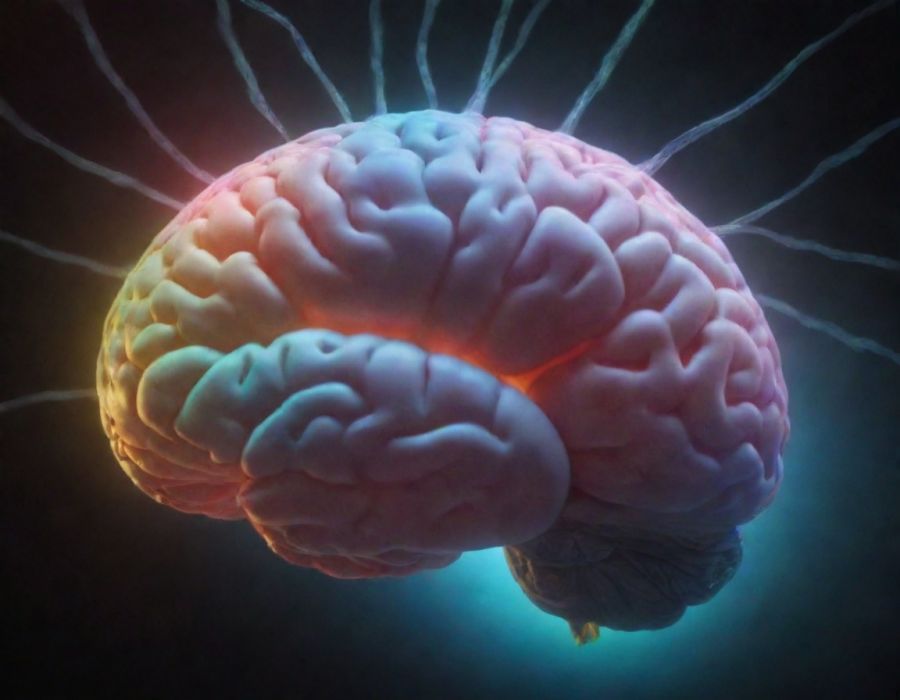Disclaimer: The information on this website is not a substitute for medical or psychological treatment. The content is based on personal practice and emotional work methods, not medical advice. If you are experiencing serious physical or mental health issues, please seek professional help from a qualified doctor or therapist. Emotional work is individual and results may vary.
The Outdated Myth of a Fixed Brain
For many years, scientists believed that the adult brain was fixed and unchangeable after a certain age. People were told that if they didn’t learn something in childhood, it would be almost impossible to catch up later. It was thought that if a certain part of the brain was damaged, the ability it controlled was lost forever. This perspective was not only limiting but also wrong.
What Is Neuroplasticity?
Neuroplasticity is the brain’s ability to change and adapt in response to new information, experiences, or even injuries. It means the brain can form new neural connections, rewrite old ones, and adjust to both external and internal changes.
This discovery brought a major breakthrough in neuroscience as well as in the field of personal development. It shows that we are not trapped by old behavior patterns or negative beliefs. The brain can change—and we can actively support this change.
How Does Neuroplasticity Show Up?
The brain constantly responds to what we experience. We learn not only consciously (like studying a new language) but also unconsciously—through the way we react to stress, the thoughts we repeat, or the emotions we nurture.
Every repeated experience—whether positive or negative—leaves a trace in the brain. The more often we repeat something, the stronger the connection between neurons becomes. Conversely, if a thought or habit is not reinforced, the connection can weaken and eventually fade away.
What Does This Mean for Us?
Neuroplasticity gives us tremendous hope. It means that:
- We can rewrite old habits and beliefs.
- We have the ability to learn new ways of thinking even in adulthood.
- We can strengthen resilience, focus, and emotional stability.
- Healing trauma and transforming inner programs is truly possible.
The Path to Conscious Change
Although the brain changes all the time, consciously directing these changes is key. What we focus on, what we repeat, and how we perceive ourselves determines which structures in the brain grow stronger.
This is why practices like mindfulness, meditation, positive visualization, or different forms of emotional release (such as FasterEFT) are so powerful—they allow us to “retrain” the brain into new ways of functioning.
The Core Takeaway
The brain is not a rigid organ but a living system that constantly adapts. Neuroplasticity is a source of hope for anyone who wants to overcome old patterns, heal, grow, and transform life for the better. It reminds us: we are not victims of the past—we are creators of the future.
